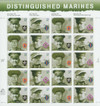
# 3961-64 - 2005 37c Distinguished Marines
37¢ Distinguished Marines
City: Washington, DC
Quantity: 60,000,000
Printing Method: Lithographed
Color: Multicolored
Please note: Due to the layout of the pane, the se-tenant may or may not be provided in Scott Catalogue order.
Founding Of The U.S. Marine Corps
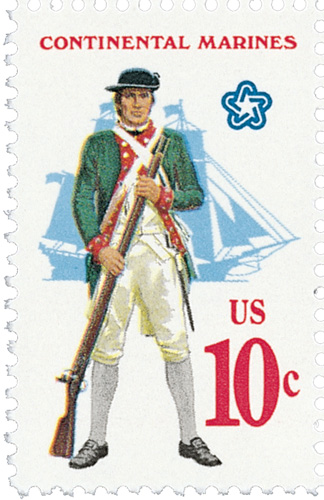
The forerunner of the United States Marines was established on November 10, 1775, in the midst of the American Revolutionary War.
The earliest American Marines served with the British in the 1730s. Some 3,000 American colonists were recruited to serve with Admiral Edward Vernon’s fleet for service off the coast of South America. When hostilities there ended, the Colonial Marines were disbanded. They were recalled to service several times in the ensuing years and by the start of the Revolutionary War, there were still some 4,500 Americans serving in the Colonial Marines.
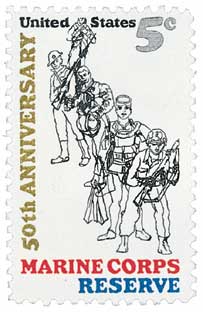
At the start of the revolution, the Continental Congress was hesitant to form a navy, as they feared fighting the world’s strongest fleet. But it soon became apparent that the revolution would have to include a naval war. In the early months of the war, there was no Continental Navy. Colonies had their own navies and Marines, but the responsibilities of each weren’t clearly defined.
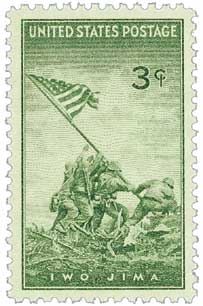
In October 1775, John Adams and other members of Congress pushed for a Continental Navy. It was formed on October 13 with a squadron of four merchantmen and two smaller ships. The Continental Congress met again on November 9 and spoke with the Naval Committee about launching an amphibious expedition to Halifax, Nova Scotia. They hoped to send Marines to fight at sea before pushing ashore and destroying the military base there, as well as securing supplies if possible. The next day, on November 10, the Naval Committee was instructed to raise two Marine battalions.
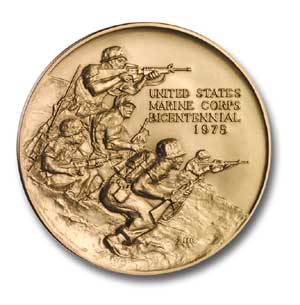
Samuel Nicholas was charged with recruiting the two battalions. A Philadelphia native, he set himself up in a local bar (either the Tun Tavern or the Conestoga Waggon) to recruit able men with experience at sea. Men flocked to the bar both for the cold beer and the chance to serve in the new Marines Corps. The Marines were officially resolved when Nicholas was commissioned a captain on November 28. Some 2,000 enlistees and 131 officers served with the Marines during the Revolution, aiding America in its victory over the British. In spite of this, the Marines and the Navy were disbanded after the war ended in 1783.
Conflicts arose in the following years and the Navy was eventually re-established in May 1798. Interestingly, the man that called for the establishment of the Continental Marines years earlier was now President and making a similar request. On July 11, President John Adams signed legislation establishing the Marine Corps as a permanent military force under the Department of the Navy.
37¢ Distinguished Marines
City: Washington, DC
Quantity: 60,000,000
Printing Method: Lithographed
Color: Multicolored
Please note: Due to the layout of the pane, the se-tenant may or may not be provided in Scott Catalogue order.
Founding Of The U.S. Marine Corps

The forerunner of the United States Marines was established on November 10, 1775, in the midst of the American Revolutionary War.
The earliest American Marines served with the British in the 1730s. Some 3,000 American colonists were recruited to serve with Admiral Edward Vernon’s fleet for service off the coast of South America. When hostilities there ended, the Colonial Marines were disbanded. They were recalled to service several times in the ensuing years and by the start of the Revolutionary War, there were still some 4,500 Americans serving in the Colonial Marines.

At the start of the revolution, the Continental Congress was hesitant to form a navy, as they feared fighting the world’s strongest fleet. But it soon became apparent that the revolution would have to include a naval war. In the early months of the war, there was no Continental Navy. Colonies had their own navies and Marines, but the responsibilities of each weren’t clearly defined.

In October 1775, John Adams and other members of Congress pushed for a Continental Navy. It was formed on October 13 with a squadron of four merchantmen and two smaller ships. The Continental Congress met again on November 9 and spoke with the Naval Committee about launching an amphibious expedition to Halifax, Nova Scotia. They hoped to send Marines to fight at sea before pushing ashore and destroying the military base there, as well as securing supplies if possible. The next day, on November 10, the Naval Committee was instructed to raise two Marine battalions.

Samuel Nicholas was charged with recruiting the two battalions. A Philadelphia native, he set himself up in a local bar (either the Tun Tavern or the Conestoga Waggon) to recruit able men with experience at sea. Men flocked to the bar both for the cold beer and the chance to serve in the new Marines Corps. The Marines were officially resolved when Nicholas was commissioned a captain on November 28. Some 2,000 enlistees and 131 officers served with the Marines during the Revolution, aiding America in its victory over the British. In spite of this, the Marines and the Navy were disbanded after the war ended in 1783.
Conflicts arose in the following years and the Navy was eventually re-established in May 1798. Interestingly, the man that called for the establishment of the Continental Marines years earlier was now President and making a similar request. On July 11, President John Adams signed legislation establishing the Marine Corps as a permanent military force under the Department of the Navy.







